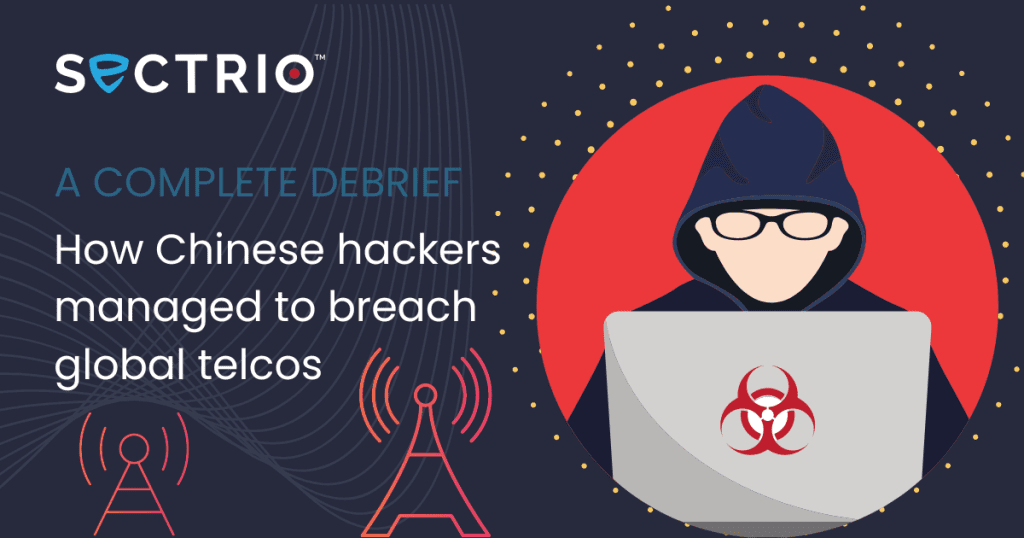How Chinese hackers managed to breach major telcos and lessons from the episode
Chinese threat actors have managed to break into multiple telecommunications giants across the world in a campaign drive lasting over two years as per reports. The hacker groups behind the episode managed to exploit various vulnerabilities to target critical telecom infrastructure. Through phased attacks, the actors managed to first compromise devices and then use these […]
How Chinese hackers managed to breach major telcos and lessons from the episode Read More »


